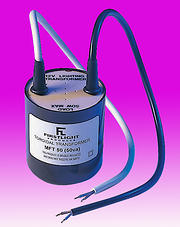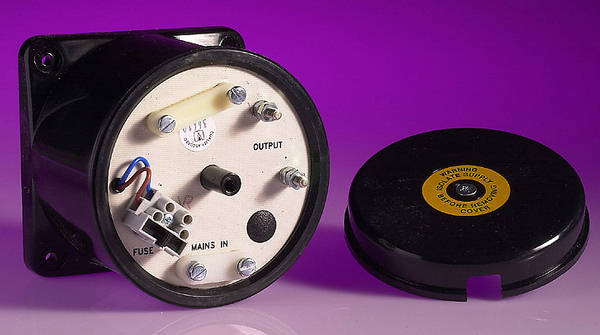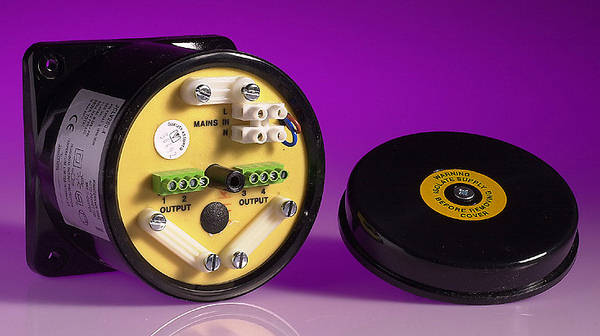I'm replacing the 20W GU5 halogens in our kitchen with LED bulbs. I have suitable bulbs and also got LED drivers to replace the transformers, as I noted some of the existing ones had minimum load ratings and wouldn't be suitable.
I checked the existing setup and the mains twin & earth cable goes into a 20A junction box; the earth is unsheathed and cut short and not connected. The live an neutral cables are both connected to the same from the transformer in the junction box. The plan was a simple straight swap over so I ensured the 12v 20W LED driver I purchased online had just live and neutral connections for the input cable, which was clearly pictured. However, what has been delivered actually has live, neutral, and earth connections.
I simply just wanted to swap out the old transformer with the LED driver with the exact same connections. I've complained to the company I purchased from about their inaccurate product pictures; they've apologised, but state all their 20W drivers have an earth connection. The most the bulbs should draw is just under 11W, but I wanted some headroom in case I have LED strip lights added in the future.
What is the correct approach to handle the earth connection in these circumstances? If this requires a specific type of junction box could you please suggest some products?
If it's not going to be within my capability to replace these transformers, then my options are to either try and send all the LEDs and transformers back (which I don't really want to do) or find a local electrician. Any ballpark figures on how much an electrician might cost to sort this?
I checked the existing setup and the mains twin & earth cable goes into a 20A junction box; the earth is unsheathed and cut short and not connected. The live an neutral cables are both connected to the same from the transformer in the junction box. The plan was a simple straight swap over so I ensured the 12v 20W LED driver I purchased online had just live and neutral connections for the input cable, which was clearly pictured. However, what has been delivered actually has live, neutral, and earth connections.
I simply just wanted to swap out the old transformer with the LED driver with the exact same connections. I've complained to the company I purchased from about their inaccurate product pictures; they've apologised, but state all their 20W drivers have an earth connection. The most the bulbs should draw is just under 11W, but I wanted some headroom in case I have LED strip lights added in the future.
What is the correct approach to handle the earth connection in these circumstances? If this requires a specific type of junction box could you please suggest some products?
If it's not going to be within my capability to replace these transformers, then my options are to either try and send all the LEDs and transformers back (which I don't really want to do) or find a local electrician. Any ballpark figures on how much an electrician might cost to sort this?









